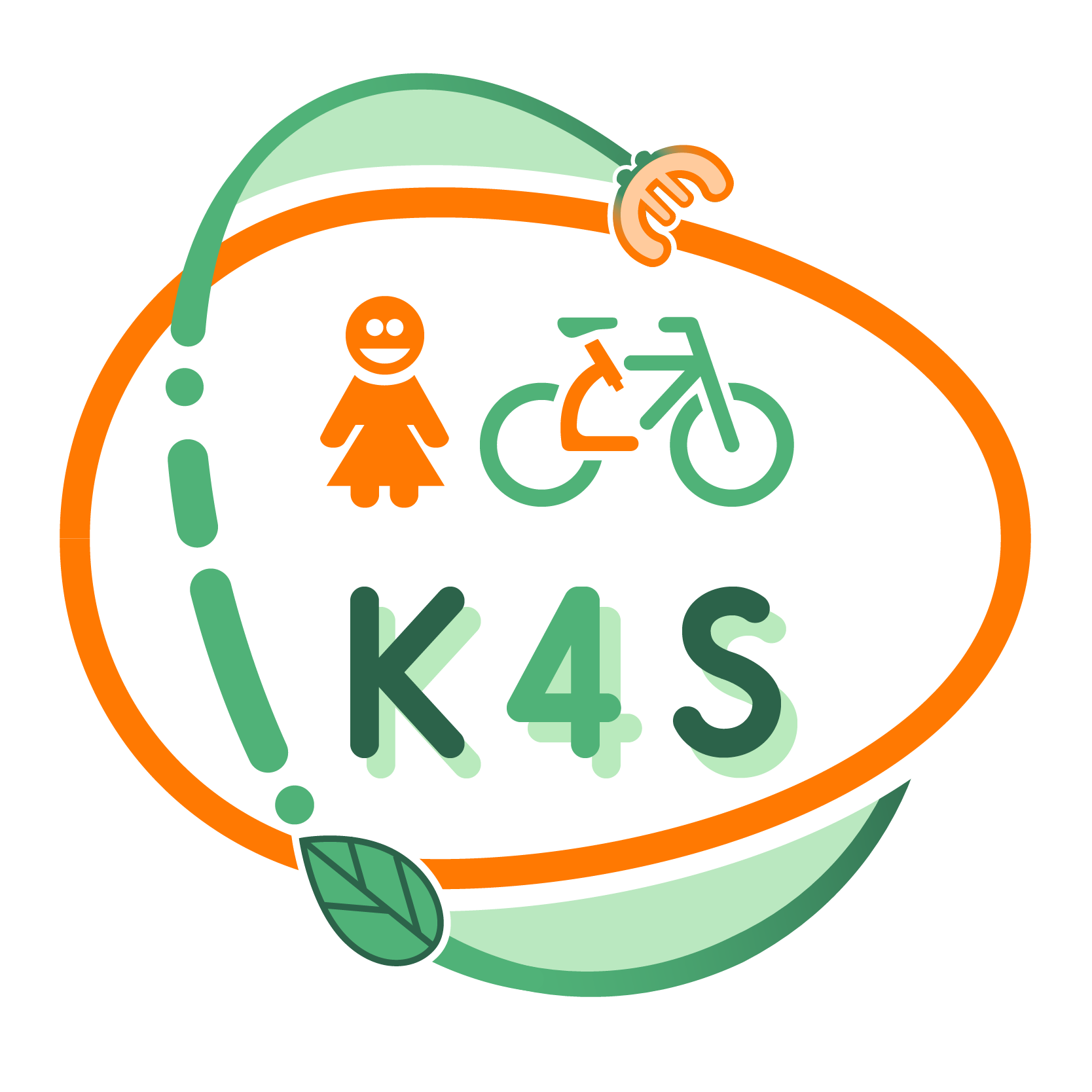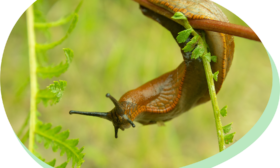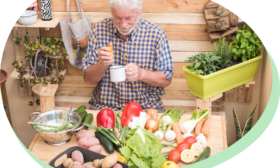LEARNING PATHWAY CREATED BY THE LEARNING COMMUNITY
Slugs in the Garden
Authors: M. Marcas Vila and A. Bonet Perot
Overall aims:
- Know the slugs and other organisms that we have in the garden;
- Know how to recognize their characteristics;
- Determine to which kingdom they belong: mollusks, gastropods, invertebrate animals;
- Know their habitat, where they move, what they live on, how they move;
- Know what they contribute to the ecosystem and their impact;
- Empathize with the living beings we find in nature;
- Give importance to the knowledge of our ancestors and experts in the field.
Intended learning outcomes
- Observe nature with a look of inquiry and wonder why things happen;
- Identify a slug and know which animal kingdom it belongs to;
- Observe how they affect and what is the impact of slugs in the garden;
- Describe the life cycle, displacement systems and how slugs feed in an orchard;
- Relate to the environment, giving value to all living beings you can find;
- Evaluate the behavior of different living beings in their own habitat and what interaction exists between them;
- Develop ecological thinking skills.
Pathway structure
Stage I – Ecological pillar
Visit to the vegetable garden and observation of plantations and the land, observe on several days, sunny, cloudy and rainy days. Describe what we see and what we feel. Touch and explore everything that is observed.
Make a first exhibition of what we have seen and that the children explain what they have seen.
Draw slugs in a field notebook.
Visualize in a documentary or photographic report the animal characteristics of slugs, see the different types, biological cycle, observe and describe with them what we see.
Stage 2 – Ecological and economic pillars
Prepare three plots of the same size (2mx2m or 3mx3m approx.)
Prepare the soil, oxygen, fertilize, remove herbs, etc.
Plant in each of the plots different species of vegetable, preferably plant, to have a certain measure.
Ensure that the plants of each plot are as similar as possible in size.
Introduce the same number of slugs in each plot, distributing them under the same conditions for each plot.
Surround the plots with salt, to prevent the exit and dispersion of slugs outside the plots. Check the salt that is lost with irrigation and replenish.
Water and cook the plants of the three plots maintaining the same conditions of irrigation, light, shade, etc. in all of them.
Observe for several weeks the result of the presence of slugs in each plot and how it affects depending on the type of plant.
Make quantifications, such as counting the leaves that have been affected, etc.
Assess what type of plants has been the most affected.
Comment on the consequences of the presence of slugs according to the crop concerned and what consequences it may have on agriculture and human consumption.
Assess the possibilities of orienting agronomic production by cultivating species that may be resistant to slugs, instead of using chemicals (ecological solutions).
Stage 3 – Social and ecological pillar
Invite grandmothers and grandfathers who have gardened to share their experiences and knowledge when they have encountered slugs and other organisms in their gardens.
Invite experts in the field to expand information and know how to tackle the problem today.
Collect photographs, information, magazine clippings, web pages, etc.
Work with them cuts and be able to elaborate a memory with the different types of slugs.
Make a game of parch, where the four corners would be 4 types of vegetable plants and the participants would be 4 types of slugs.
Assessment with the children of the experience and what has been learned.
Evaluation
Initial – Be able to observe slugs, their movements, know their cycling, how they move, what they eat.
Continuous
- Described in each resource. Ability of the student to understand the impact of slugs in our garden, facilitating the oxygenation of the earth, but at the same time, interfering in the perforation of the leaves, deteriorating their condition.
- Value the participation of children and interest in the activity.
Final Evaluation
- See the acquisition of concepts about slugs, and at the same time evaluate the knowledge of children about all the characteristics worked in the classroom.
- Value the care and interest in the elaboration of memory and the game of parch.
- Be able to understand the relationships between living beings in ecosystems and the importance of each of them.
- Be able to understand that there is a problem and that it must be solved with ecological methods that respect life.
- Value the knowledge of our ancestors and that of the experts, being able to ask questions and observations about what they eat.







